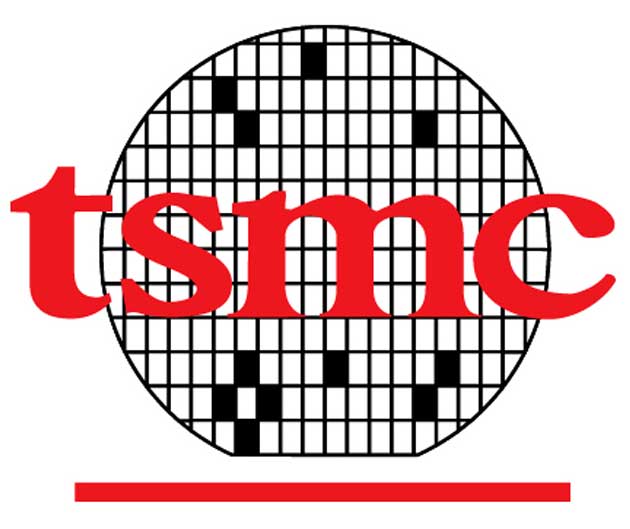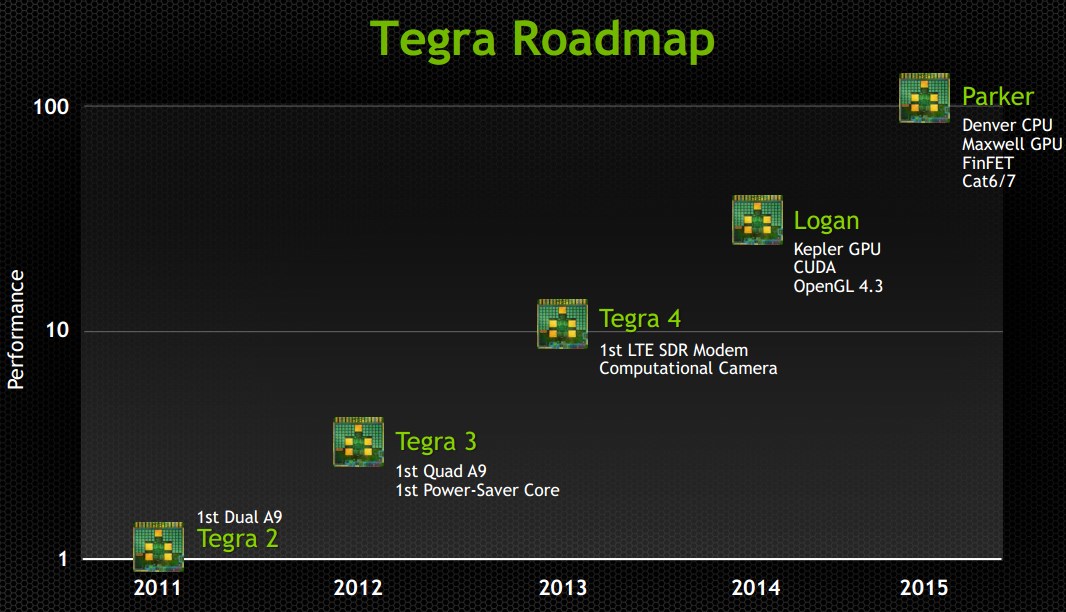Apple And Nvidia To Get 16nm FinFET Chips From TSMC One Quarter Earlier Next Year
Intel is not the only foundry moving to 14nm next year (technically it's happening at the end of this year, but most devices won’t see 14nm chips until early-to-mid next year); TSMC and Samsung also seem ready to move not just to 14/16nm nodes, but also to FinFET transistors.
Intel has had a lead on the two companies for the whole past process generation, which helped the 22nm FinFET (Trigate) Atom get much closer in performance and power consumption to 28nm non-FinFET ARM chips, but once this gap is (mostly) closed, the company should have a much harder time trying to be competitive at that level.
TSMC is expected to start volume production of 16nm FinFET wafers a quarter earlier than expected (Q1 2015), which means the chips should be ready for shipping by Q3 2015. This should shrink the gap considerably between TSMC, Samsung and Intel when it comes to process technology, and it’s due in part to Intel delaying its 14nm mainstream launch for a few quarters while other foundries such as TSMC and Samsung were also pushing hard to have their 14/16nm production ready early.
TSMC and Samsung both have a big customer in common: Apple. While Apple is starting to slowly move its chip manufacturing away from Samsung and more towards TSMC, that transition hasn't fully happened, and it likely never will. Samsung may be Apple’s bigger competitor in the mobile devices market, but it’s also dangerous to have just one supplier. Apple has already learned that lesson with Samsung. Further, when there are two suppliers fighting for more of your business, you always get a better deal on volume pricing.
Apple is not TSMC's only customer for the 16nm FinFET production, either. TSMC has at least another major customer in Nvidia, which has promised since early this year that its next-generation Tegra chip (which is based on the Denver CPU and the Maxwell GPU) will be made at 16nm FinFET, too. That implies TSMC as the supplier, since it’s the only one coming out with 16nm FinFET next year.
Over the past three generations of Tegra chips (Tegra 3, 4, and K1), Nvidia has tended to use the “old” process node, most likely to cut costs, but that has almost always proven to be unwise. Qualcomm became very successful in 2012 when it was the first to move to 28nm while Nvidia was still on 40nm with Tegra 3. That helped Qualcomm stand apart with its chips in both power consumption and performance. Even if Qualcomm’s chips ended up more expensive, OEMs and device customers seemed more than happy to pay the premium.
Nvidia has made the mistake of going with the last-gen node again this year, and its ARMv8 Denver CPU will be 28nm, while Apple’s A8 is likely to be made at 20nm. Even Samsung has moved to 20nm. However, at least in this case, Nvidia’s betting on Tegra K1’s overwhelming performance to make up for it. Still, it would be best if Nvidia could keep up with the rest of the industry in process node adoption, which it intends to do starting next year, by being one of the first to make its chips with 16nm FinFET transistors.
Get Tom's Hardware's best news and in-depth reviews, straight to your inbox.
With both Apple and Nvidia as its major customers, and likely more coming soon, it looks like TSMC should do well next year even if Samsung is breathing down its neck with its 14nm FinFET process expected to be ready early next year.
Follow us @tomshardware, on Facebook and on Google+.
Lucian Armasu is a Contributing Writer for Tom's Hardware US. He covers software news and the issues surrounding privacy and security.
-
CyranD I thought Nvidia changed there roadmap to have Erista before Parker. Which could mean Nvidia will stay one node behind. Erista(20nm), Parker(16nm).Reply -
renz496 Reply14042255 said:What about AMD?
this is about SoC where AMD doesn't have much presence. i thought Mullin was AMD answer for having tablet SoC but the only design win for Mullin that i know of is coming from HP nettop. also which foundry manufactured Mullin? is it TSMC or GF? -
renz496 Reply14042260 said:I thought Nvidia changed there roadmap to have Erista before Parker. Which could mean Nvidia will stay one node behind. Erista(20nm), Parker(16nm).
i think nvidia will be pretty much equal with other player in term of process nodefor now. even Qualcomm Snapdragon 805 is based on 28nm. their 810/808 are the one that will use 20nm but the two expected to launch next year so it will go head to head with nvidia erista (and it will be interesting to see since Qualcomm will use ARM vanilla core where nvidia will compete with their custom core which is the exact opposite to T3 and S4 situation) . as for apple they come with new SoC after second half of the year. so it is to be expected if their SoC will be ready for the smaller node. -
dragonsqrrl Reply
I'm pretty sure Mullins is GF. So ya, I don't think this announcement has much to do with AMD.14042255 said:What about AMD?
this is about SoC where AMD doesn't have much presence. i thought Mullin was AMD answer for having tablet SoC but the only design win for Mullin that i know of is coming from HP nettop. also which foundry manufactured Mullin? is it TSMC or GF? -
hannibal How many actually believes that TSMC can actually deliver these 14-16nm chip in time? Their reputation keeping the timetables has not been exactly stellar...Reply
But maybe this time... in anyway finfet and smaller production node are a step to some long awaited progress.
-
ta152h Reply14042255 said:What about AMD?
this is about SoC where AMD doesn't have much presence. i thought Mullin was AMD answer for having tablet SoC but the only design win for Mullin that i know of is coming from HP nettop. also which foundry manufactured Mullin? is it TSMC or GF?
Beema and Mullins are selling extremely well, and are in over half a dozen HP laptops. Kabini is selling in several versions of their desktops. Q to Q, AMD processor shipments were up over 10%, while revenue for that group was flat, indicating the sales were from the lower end parts, not Kaveri/Richland.
AMD is using GF for Beema/Mullins, I'm pretty sure (but not certain) only TSMC for Kabini at this point.
They will be using GF for their next generation CPUs, which has licensed Samsung's technology for FinFets. Incidentally, IBM is already on 22nm FinFets, which is far better than the 20nm planar that companies are just now beginning to move to. -
somebodyspecial Old roadmap. The current one shows erista and makes no mention of a modem. But I'd hope they slap their modem in at some point. Why not, 150 is all you need and they can already do that. If caps don't get removed no point in speeding even faster to your 2GB cap (not even 1/2 a 720p movie). Erista will be the 20nm which clearly has a short life, and 6 months later I guess we'll be looking at Parker (hopefully with a modem, though everyone seems to have quit modems now that broadcom is gone too).Reply

